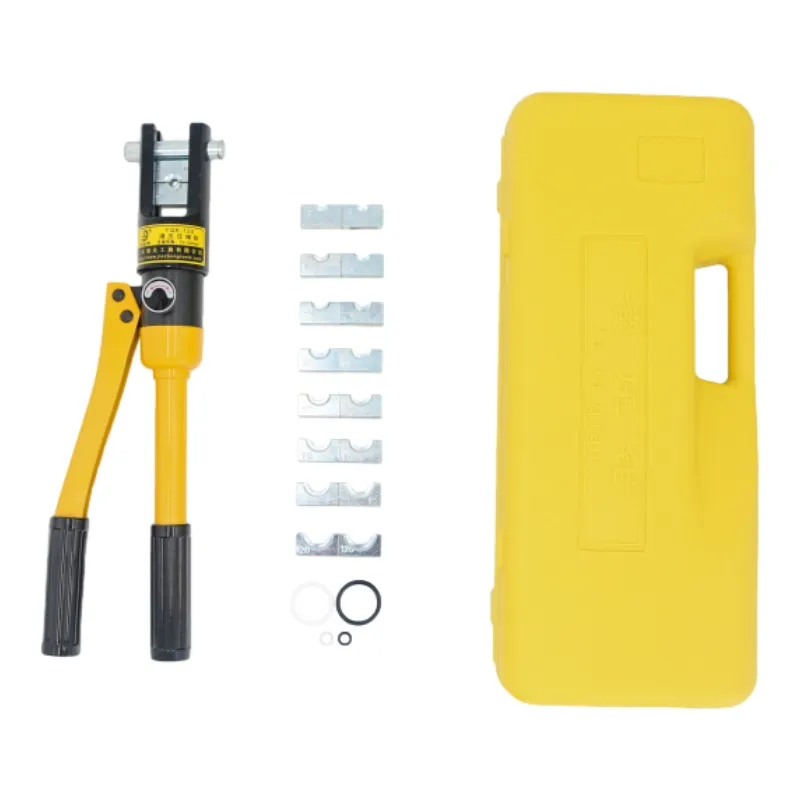
-
 Afrikaans
Afrikaans -
 Albanian
Albanian -
 Amharic
Amharic -
 Arabic
Arabic -
 Armenian
Armenian -
 Azerbaijani
Azerbaijani -
 Basque
Basque -
 Belarusian
Belarusian -
 Bengali
Bengali -
 Bosnian
Bosnian -
 Bulgarian
Bulgarian -
 Catalan
Catalan -
 Cebuano
Cebuano -
 Corsican
Corsican -
 Croatian
Croatian -
 Czech
Czech -
 Danish
Danish -
 Dutch
Dutch -
 English
English -
 Esperanto
Esperanto -
 Estonian
Estonian -
 Finnish
Finnish -
 French
French -
 Frisian
Frisian -
 Galician
Galician -
 Georgian
Georgian -
 German
German -
 Greek
Greek -
 Gujarati
Gujarati -
 Haitian Creole
Haitian Creole -
 hausa
hausa -
 hawaiian
hawaiian -
 Hebrew
Hebrew -
 Hindi
Hindi -
 Miao
Miao -
 Hungarian
Hungarian -
 Icelandic
Icelandic -
 igbo
igbo -
 Indonesian
Indonesian -
 irish
irish -
 Italian
Italian -
 Japanese
Japanese -
 Javanese
Javanese -
 Kannada
Kannada -
 kazakh
kazakh -
 Khmer
Khmer -
 Rwandese
Rwandese -
 Korean
Korean -
 Kurdish
Kurdish -
 Kyrgyz
Kyrgyz -
 Lao
Lao -
 Latin
Latin -
 Latvian
Latvian -
 Lithuanian
Lithuanian -
 Luxembourgish
Luxembourgish -
 Macedonian
Macedonian -
 Malgashi
Malgashi -
 Malay
Malay -
 Malayalam
Malayalam -
 Maltese
Maltese -
 Maori
Maori -
 Marathi
Marathi -
 Mongolian
Mongolian -
 Myanmar
Myanmar -
 Nepali
Nepali -
 Norwegian
Norwegian -
 Norwegian
Norwegian -
 Occitan
Occitan -
 Pashto
Pashto -
 Persian
Persian -
 Polish
Polish -
 Portuguese
Portuguese -
 Punjabi
Punjabi -
 Romanian
Romanian -
 Russian
Russian -
 Samoan
Samoan -
 Scottish Gaelic
Scottish Gaelic -
 Serbian
Serbian -
 Sesotho
Sesotho -
 Shona
Shona -
 Sindhi
Sindhi -
 Sinhala
Sinhala -
 Slovak
Slovak -
 Slovenian
Slovenian -
 Somali
Somali -
 Spanish
Spanish -
 Sundanese
Sundanese -
 Swahili
Swahili -
 Swedish
Swedish -
 Tagalog
Tagalog -
 Tajik
Tajik -
 Tamil
Tamil -
 Tatar
Tatar -
 Telugu
Telugu -
 Thai
Thai -
 Turkish
Turkish -
 Turkmen
Turkmen -
 Ukrainian
Ukrainian -
 Urdu
Urdu -
 Uighur
Uighur -
 Uzbek
Uzbek -
 Vietnamese
Vietnamese -
 Welsh
Welsh -
 Bantu
Bantu -
 Yiddish
Yiddish -
 Yoruba
Yoruba -
 Zulu
Zulu


Dec . 31, 2024 03:53 Back to list
digital plan measure wheel
Understanding the Digital Plan Measure Wheel A Framework for Success
In today's rapidly evolving digital landscape, businesses and organizations face the challenge of staying relevant and competitive. One effective tool that has emerged to assist in this endeavor is the Digital Plan Measure Wheel. This framework is designed to help organizations systematically plan, implement, measure, and adjust their digital strategies in a cyclical manner, ensuring ongoing improvement and success.
What is the Digital Plan Measure Wheel?
The Digital Plan Measure Wheel is a visual representation of the critical steps involved in developing and executing a digital strategy. It emphasizes a continuous feedback loop where each phase informs the next, fostering a culture of evaluation and adaptation. The wheel is generally divided into four key sections Planning, Implementation, Measurement, and Adjustment.
1. Planning This initial phase involves setting clear, achievable goals aligned with the organization's broader mission. It encompasses understanding the target audience, analyzing market trends, and identifying key performance indicators (KPIs) that will guide the digital strategy. Effective planning requires collaboration among stakeholders and a thorough examination of both internal capabilities and external market conditions.
2. Implementation Once a solid plan is in place, the next step is execution. This phase is where the theoretical aspects of the plan come to life. It involves deploying digital tools and platforms, creating content, and initiating marketing campaigns. Effective implementation demands coordination across various departments, ensuring that technology, creative, and analytics teams work together seamlessly.
3. Measurement After implementation, measuring the success of the digital initiatives is crucial. This phase involves collecting data related to the KPIs established during the planning stage. Organizations need to utilize analytics tools to assess engagement, conversion rates, reach, and other relevant metrics. Understanding the data allows businesses to gauge the effectiveness of their strategies, identifying areas of strength and those needing improvement.
digital plan measure wheel

4. Adjustment The final section of the wheel emphasizes the importance of being agile. Based on the measurement phase, organizations must be willing to pivot their strategies as necessary. This could involve refining messaging, reallocating resources, or exploring new digital channels. The adjustment phase highlights the iterative nature of digital marketing—learning from successes and failures to better align with evolving consumer needs and technology trends.
The Importance of a Cyclical Approach
One of the key strengths of the Digital Plan Measure Wheel is its cyclical approach. Unlike traditional linear methods, which can often become stagnant, the wheel encourages organizations to continually revisit and refine their strategies. This adaptability is essential in the digital age, where trends change rapidly and consumer behavior can shift overnight.
Moreover, the cyclical nature of the framework promotes a holistic view of digital efforts. It fosters a culture of learning and innovation, as teams regularly reflect on their practices and outcomes. By iterating through the wheel, organizations can cultivate resilience, driving long-term success in a competitive environment.
Conclusion
In summary, the Digital Plan Measure Wheel serves as a powerful framework for organizations aiming to thrive in the digital realm. By embracing this structured yet flexible approach, teams can effectively navigate the complexities of digital strategy. The cyclical nature of the wheel encourages ongoing improvement, ensuring that businesses remain responsive to changing market dynamics. As organizations continuously adapt and evolve, they are better positioned to engage with their audiences meaningfully and achieve sustained success.
Latest news
What Are Construction Tools and How Are They Used?
NewsJul.11,2025
Professional-Grade Duct Rodding Tools for Superior Cable Installation
NewsJul.11,2025
Enhancing Safety and Efficiency with Modern Hot Stick Solutions
NewsJul.11,2025
Empowering Cable Installation with Advanced Rodder Solutions
NewsJul.11,2025
Elevate Your Cable Installation Projects with Cable Pulling Tools
NewsJul.11,2025
Efficient Cable Handling Solutions: Cable Rollers for Sale
NewsJul.11,2025











